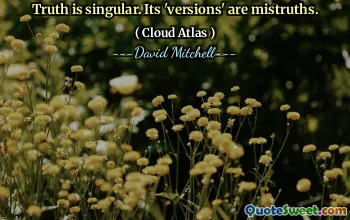She never told her love, but let concealment, like a worm 'i th' bud, feed on her damask cheek. She pinned in thought; and, with a green and yellow melancholy, she sat like Patience on a monument, smiling at grief. Was not this love indeed? We men may say more, swear more; but indeed our shows are more than will; for we still prove much in our vows but little in our love.
In this passage, the speaker reflects on the pain of unexpressed love. The imagery of a concealed affection is likened to a worm consuming a budding flower, illustrating how internal struggles can manifest physically. This unvoiced emotion leads to a melancholic state, as she sits in contemplation, embodying both patience and sorrow. The comparison to a statue highlights her stoic endurance despite her internal sadness.
The speaker then contrasts the expressions of love between men and women, suggesting that while men often profess their love loudly and frequently, their actions may not align with their words. This indicates a deeper understanding of love as one that requires authenticity and depth, rather than mere declarations. Such reflections underscore the complexity of love and the pain that often accompanies it when feelings remain unacknowledged.






